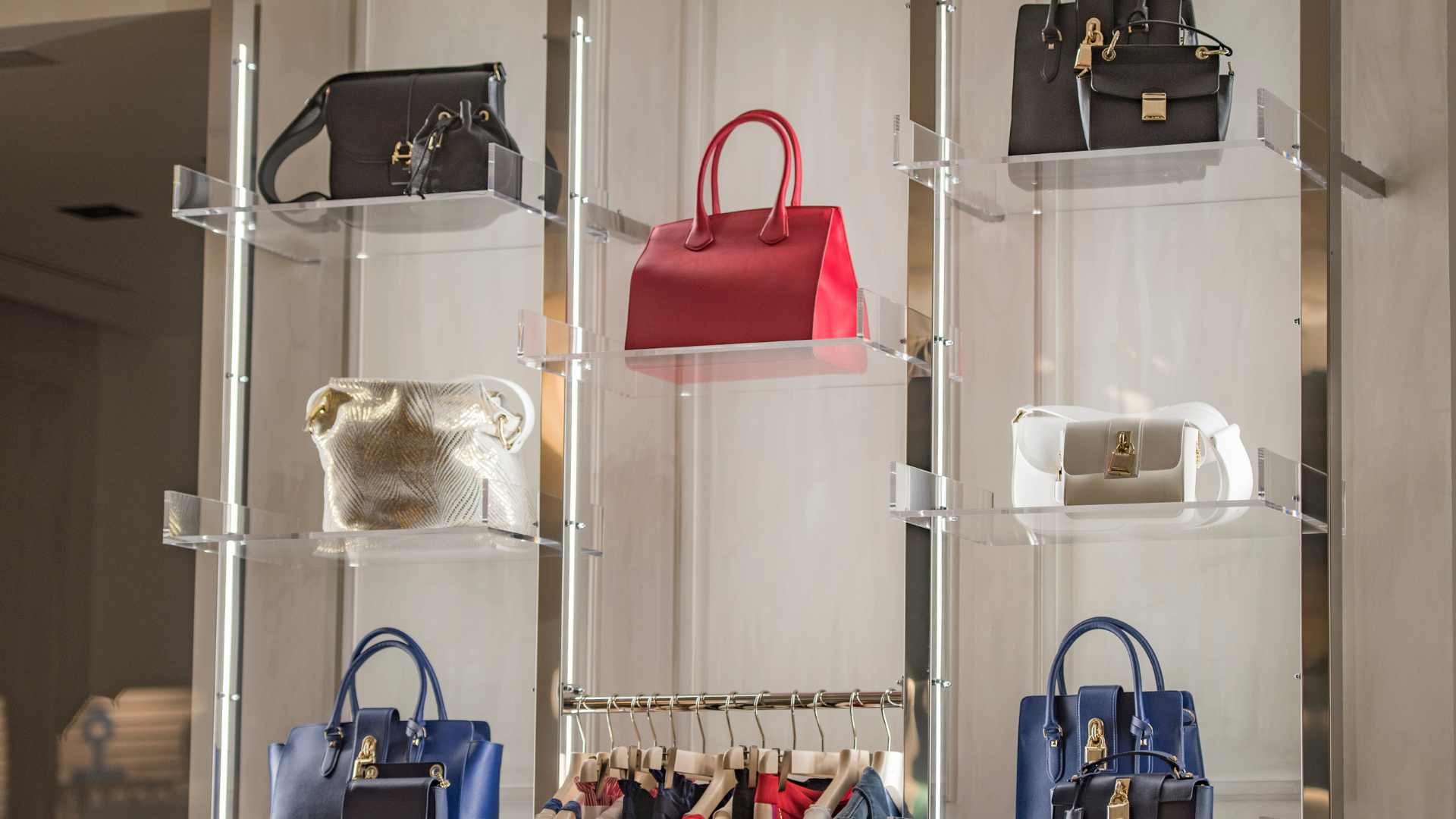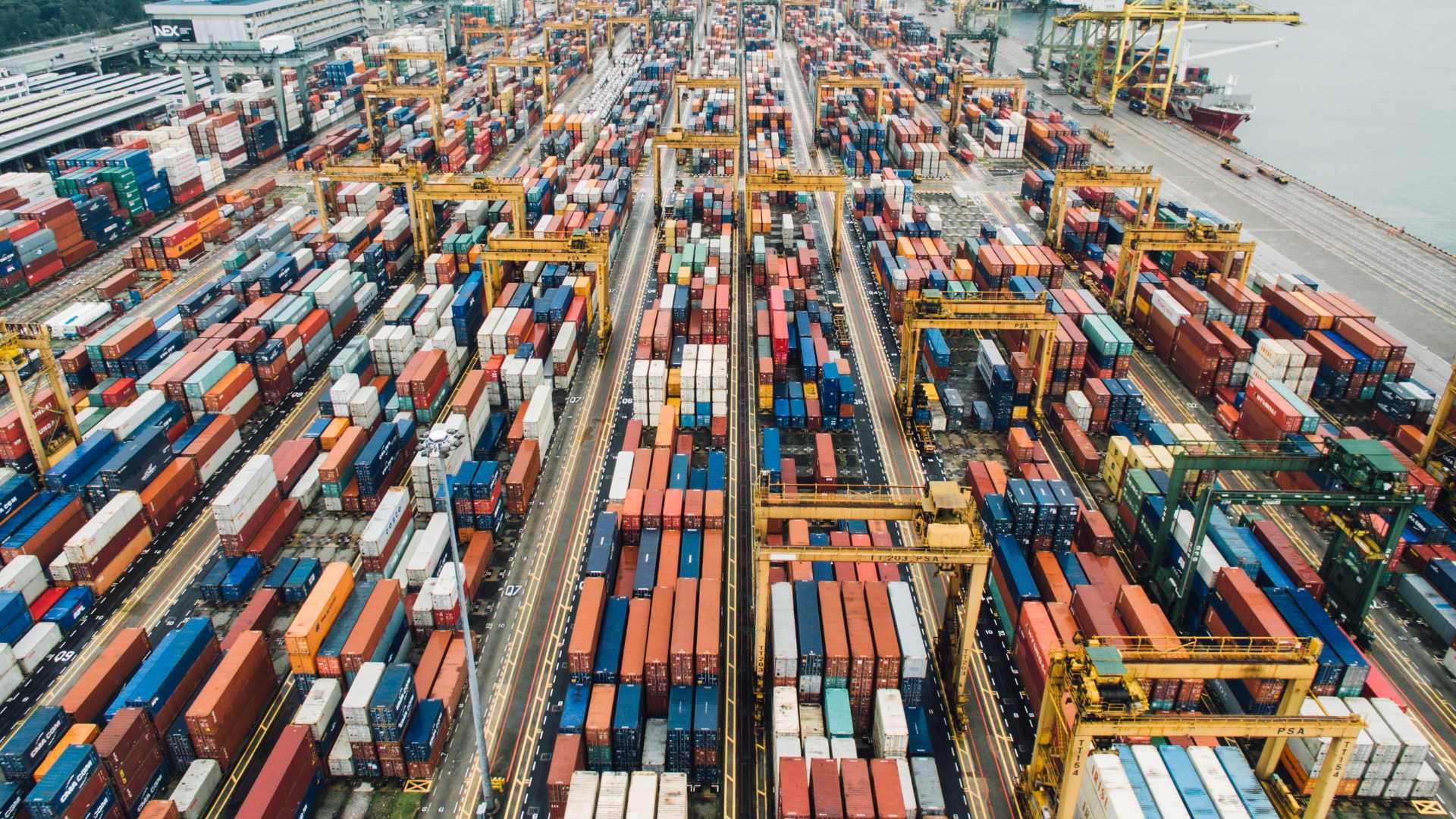Safeguarding Luxury Brands from Counterfeits in the Export Market

Counterfeit luxury goods are a major problem worldwide. In 2019, fake products made up about 2.5% of global trade, totalling around $464 billion. These counterfeit items cause luxury brands to lose money and damage their reputation. When people buy fake products thinking they're real, they lose trust in the brand, which can lead to fewer loyal customers and a drop in sales.
Tackling counterfeiting is especially important in export markets. Complex global supply chains make it hard to track and verify product authenticity. The growth of online shopping has made this issue worse, giving counterfeiters more ways to reach customers. To protect their brand image and follow international trade laws, companies need strong anti-counterfeiting strategies in these markets.
In short, the spread of fake luxury goods is a serious threat to brands everywhere. Taking proactive steps and enforcing strict measures are key to protecting brand reputation and income in today's connected world.
The Scope of Counterfeiting in the Luxury Sector
By far we have understood that Counterfeiting in the luxury sector is a widespread issue, significantly impacting both brands and consumers.
We discussed howin 2019, counterfeit and pirated goods accounted for approximately 2.5% of global trade, amounting to an estimated $464 billion. There is more to it. Within the European Union, imports of fake products reached around €119 billion (about $134 billion), representing up to 5.8% of total imports that year.

The question is how are these counterfeit luxury goods entering the export market? Let’s see how:
Channels of Entry into Export Markets
Counterfeit luxury items infiltrate export markets through various avenues:
- E-commerce Platforms: Online marketplaces and social media platforms have become hotspots for counterfeit sales. A study highlighted that 1 in 5 items tagged with luxury brand names on Instagram are counterfeit, with many accounts based in countries like China and Russia.
- Small Package Shipments: Counterfeiters often use small packages to ship fake goods, bypassing customs inspections and taking advantage of duty-free import thresholds. In 2023, 92% of counterfeit seizures in the U.S. involved small packages.
- Global Supply Chains: Complex international supply chains can inadvertently facilitate the distribution of counterfeit goods, making it challenging to monitor product authenticity at every stage.
Consequences? See it yourself.
Impact on Notable Luxury Brands
Several renowned luxury brands have been significantly affected by counterfeiting:
- Gucci: During the 1970s, Gucci's immense popularity made it a prime target for counterfeiters. In 1977 alone, the brand initiated 34 lawsuits related to fake products. By the mid-1980s, Gucci was involved in numerous confiscations and legal actions worldwide to combat counterfeiting.
- Louis Vuitton: Recognized as one of the most counterfeited brands globally, Louis Vuitton has faced extensive challenges due to fake products. In 2004, counterfeit items bearing the Louis Vuitton name accounted for 18% of all fake accessories seized in the European Union. The company dedicates a significant portion of its budget to anti-counterfeiting measures and employs teams of lawyers and investigators to address the issue.
These are just a few of the many victims. The nature of counterfeiting in the luxury sector is very penetrating which shows the need for strong measures to protect brand integrity and consumer trust.
Challenges in the Export Market

We saw how counterfeiting in the luxury sector is a significant concern, especially in export markets. Before we get to the solution let’s take a look at several challenges associated with this issue.
1. Complex Global Supply Chains
Luxury brands often rely on intricate supply chains that span multiple countries. This complexity can make it difficult to monitor every step, creating opportunities for counterfeit goods to infiltrate the market. For instance, a recent incident involved counterfeit electronic devices entering the supply chain, leading to severe consequences.
2. Cross-Border Enforcement Difficulties
Enforcing anti-counterfeit measures across different countries presents numerous obstacles:
- Legal Variations: Each nation has its own laws regarding intellectual property and counterfeiting, leading to inconsistencies that counterfeiters can exploit.
- Jurisdictional Issues: Determining which country has the authority to act against counterfeit operations can be complex, especially when fake goods cross multiple borders.
- Resource Disparities: Some countries may lack the necessary resources or infrastructure to effectively combat counterfeiting, resulting in uneven enforcement.
3. Variations in International Regulations
The lack of standardized international regulations complicates anti-counterfeiting efforts:
- Differing Standards: Countries have varying levels of intellectual property protection, making it challenging to implement uniform anti-counterfeiting strategies.
- Compliance Challenges: Luxury brands must navigate a complex web of regulations to ensure their products are protected in each market, which can be both time-consuming and costly.
To overcome these challenges, a brand requires enhanced international cooperation, harmonization of laws, and the adoption of advanced technologies to monitor and secure supply chains effectively.
Implementing Robust Supply Chain Traceability

A transparent supply chain is crucial in combating counterfeit luxury goods. By implementing robust traceability measures, brands can monitor their products from creation to final sale, reducing the risk of fake items entering the market.
1. Supply Chain Transparency to Prevent Counterfeits
A transparent supply chain allows brands to track each product's journey, ensuring authenticity at every stage. This visibility helps identify and eliminate counterfeit goods before they reach consumers, protecting both brand reputation and customer trust.
2. Technologies Enabling Traceability
Several technologies enhance supply chain traceability:
- Blockchain for Immutable Records: Blockchain technology creates unchangeable records of a product's path through the supply chain. Each transaction is securely logged, making it nearly impossible for counterfeit goods to be introduced without detection. For example, a decentralized blockchain application can generate a unique QR code for each product, allowing consumers to verify its authenticity by scanning the code.
- IoT Devices and RFID Tags for Real-Time Tracking: Internet of Things (IoT) devices and Radio-Frequency Identification (RFID) tags provide real-time tracking of products. RFID tags, which can be passive or active, transmit data about a product's location and status, enabling continuous monitoring throughout the supply chain. This real-time data helps in quickly identifying and addressing any irregularities that may indicate counterfeit activity.
3. Benefits of End-to-End Visibility
Implementing these technologies offers several advantages:
- Enhanced Authenticity Verification: Consumers can easily verify the legitimacy of their purchases, increasing confidence in the brand.
- Improved Inventory Management: Real-time tracking allows for better inventory control, reducing losses and inefficiencies.
- Regulatory Compliance: Maintaining detailed records of a product's journey ensures adherence to international trade regulations and standards.
Leveraging Digital Product Passports (DPP)

Digital Product Passports (DPPs) are digital records that provide detailed information about a product's origin, materials, and journey through the supply chain. They serve as a bridge between the customer, the product, and the brand, enhancing transparency and trust.
1. Enhancing Product Authenticity Verification
DPPs play a crucial role in verifying the authenticity of luxury goods. By scanning a QR code or similar identifier, consumers can access a product's history, confirming its legitimacy and gaining insights into its craftsmanship. This transparency not only deters counterfeiters but also fosters customer confidence in the brand.
2. Integration in Luxury Goods and EU Market Acceptance
The European Union is set to implement regulations requiring DPPs for products sold within its markets, aiming to enhance sustainability and traceability. Luxury brands are proactively adopting DPPs to comply with these upcoming mandates and to meet consumer demand for greater transparency.
For instance, the Aura Blockchain Consortium, comprising brands like LVMH, Prada, and Cartier, has been instrumental in promoting DPP adoption. Prada's implementation of digital passports has not only ensured compliance but also enriched customer engagement by providing detailed product stories.
Strategies of Exporters and Traders to Combat Luxury Brands Counterfeiting
Exporters and traders in the luxury goods market face significant challenges due to counterfeiting. Implementing comprehensive strategies is essential to maintain brand integrity and consumer trust. Here are key approaches:
1. Maintain Supply Chain Integrity
- Implement Unique Product Serialization: Assign distinct identifiers, such as barcodes or alphanumeric codes, to each product. This practice enables precise tracking throughout the supply chain and assists consumers in verifying product authenticity.
- Adopt Tamper-Evident Packaging: Utilise packaging solutions that reveal any unauthorized access, deterring counterfeiters and assuring customers of product genuineness.
2. Collaborate with Technology Providers
- Integrate Blockchain Technology: Partner with tech firms to employ blockchain for creating immutable records of a product's journey, enhancing transparency and trust.
- Utilize AI-Powered Online Monitoring: Deploy artificial intelligence tools to scan e-commerce platforms and social media for counterfeit listings, enabling swift action against unauthorized sellers.
3. Educate Partners and Consumers
- Conduct Training Programs: Offer workshops and resources to supply chain partners, equipping them with skills to identify and prevent counterfeit products.
- Launch Consumer Awareness Campaigns: Inform customers about the risks of counterfeit goods and provide guidance on verifying product authenticity, empowering them to make informed purchasing decisions.
4. Strengthen Legal and Regulatory Measures
- Register Intellectual Property Rights: Ensure trademarks, logos, and designs are legally protected, providing a basis for action against counterfeiters.
- Collaborate with Authorities: Work closely with law enforcement and customs officials to monitor and intercept counterfeit goods, enhancing overall enforcement efforts.
5. Foster Industry Collaboration
- Participate in Industry Coalitions: Engage with groups focused on anti-counterfeiting to share best practices and develop unified strategies.
Standardize Reporting Practices: Collaborate to harmonize supply chain reporting, reducing complexity and improving efficiency in combating counterfeiting.
By adopting these strategies, exporters and traders can effectively combat counterfeiting, ensuring the authenticity of luxury goods and maintaining consumer trust.

The Role of Acviss in Combating Counterfeiting for Luxury Brands
Acviss offers advanced solutions to help luxury brands fight against fake products. Our tools are designed to protect brand reputation and ensure customers receive genuine items.
Acviss's Solutions for Luxury Brands
- Uniqolabel: This tool provides security hologram labels incorporated with unique, non-cloneable QR codes for each product. These labels are tamper-proof and allow customers to verify a product's authenticity by scanning the code with their mobile devices.
- Certify: Certify integrates Acviss's proprietary 2D and 3D QR code labels into products, enabling customers to scan and verify its authenticity. It offers real-time analytics, helping brands monitor their supply chain and detect counterfeit products quickly.
- Truviss: Artificial intelligence powered online brand protection tool uses machine learning to scan online platforms, apps, and social media for fake product listings. It helps brands identify and remove counterfeit items from the internet.
- Origin: Origin employs blockchain technology to track and trace products throughout their lifecycle. It provides real-time analytics, ensuring transparency and authenticity from production to sale.
Integration into Existing Systems
Acviss's solutions are designed to seamlessly fit into a brand's current operations. The unique QR code labels can be added to products during manufacturing, and the data collected integrates with existing inventory and ERP systems. This integration ensures that brands can monitor their products without overhauling their processes.
Conclusion
Counterfeiting poses a serious threat to luxury brands, affecting both reputation and revenue. These brands need to take proactive steps by adopting advanced technologies and adhering to international regulations. Acviss offers tailored solutions that integrate smoothly into existing systems, helping brands protect their identity and ensure customers receive genuine products. To safeguard your brand in export markets, consider exploring Acviss's offerings. Connect with us today and boost your brand growth and customer trust in the market.
